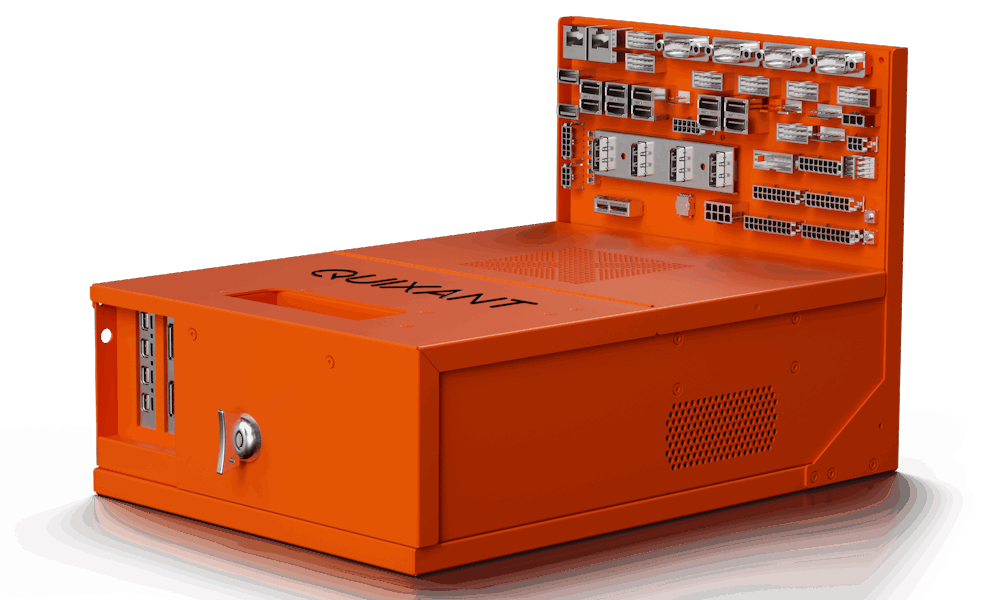Every year at G2E, the cabinets get bigger, brighter, and more ambitious. Studios push for immersive graphics and interactive features, while kiosk developers juggle regulatory requirements and complex integrations. The expectations on hardware are relentless and off-the-shelf solutions rarely keep pace.
Quixant, a provider of turnkey hardware and software gaming solutions, conceived its QMAX custom range in response to those pressures. The platform gives developers a way to design without being boxed in by hardware limitations. Instead of compromising on vision to fit the board, the QMAX range enables Quixant’s customers to develop a solution tailored to their market requirements.
For an increasingly global and regulated industry, that flexibility has become less of a competitive edge and more of a necessity.
Reliability is another piece of the puzzle. Hardware that turns over every two or three years creates costs for manufacturers and slows operators who cannot afford constant redesigns. By committing to components with a 10-year supply lifetime, Quixant reduces those disruptions. The value of long-term availability is not just about technical stability. It protects investment cycles, makes certification more efficient, and allows companies to plan confidently.
The importance of customization is perhaps most visible when looking at regional differences. In Europe, compliance modules designed for both national and EU standards keep cabinets aligned with regulators. Brazil and other emerging markets have required custom power and security features to reflect local specifications. North American developers have leveraged unique I/O, power, and display configurations to ensure high performance, continued innovation, and in some cases the ability to retrofit with legacy systems.
In each case, the lesson for the industry is the same: A one-size-fits-all approach is no longer sustainable in a world of fragmented regulatory frameworks.
Scalability is just as critical. Hardware platforms that support both entry-level cabinets and complex multi-screen environments give operators room to innovate without starting over. That continuity reduces risk, accelerates time-to-market, and allows ambitious projects to scale at the pace of player demand.
Looking ahead, the conversation is shifting toward AI acceleration, fraud detection, and real-time personalization. Digital wallet integration and evolving payment standards are also on the horizon. Immersive experiences will continue to demand more from hardware, whether through higher refresh rates, multi-display environments, or haptic capabilities. Platforms like QMAX are being positioned not only as tools for today’s cabinets, but as foundations for the next generation of gaming experiences.
For CDC Gaming readers, the takeaway is not simply about one product. It is about what this level of engineering signals for the broader industry. Hardware is no longer just a back-end consideration. It is a strategic layer that determines how far developers and operators can push the player experience, how quickly they can adapt to regulation, and how confidently they can invest in the future.

